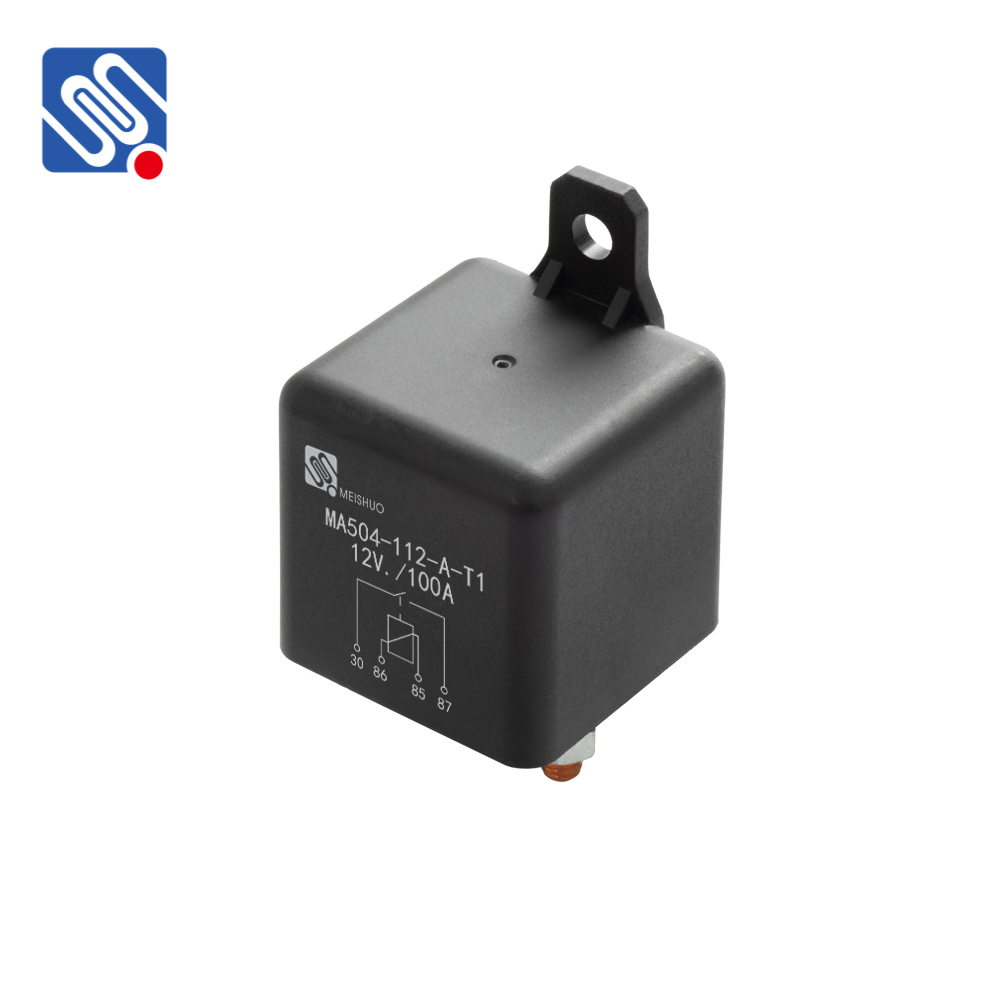understanding relay load and its importance in electrical systems
Release time:2025-04-15 17:20:27
Relay load is a crucial concept in electrical systems that involves the interaction between a relay and the devices it controls. Relays are switches that open and close circuits in response to electrical signals, allowing them to control high-power devices with low-power signals. The load, in this context, refers to the electrical power consumed by the devices or circuits connected to the relay. Understanding relay load is vital for ensuring the efficiency, reliability, and safety of electrical systems. In this article, we will explore what relay load is, its significance, and how it impacts electrical circuit design.

What is Relay Load?
A relay is an electromechanical device designed to control one electrical circuit by opening or closing contacts in another circuit. When a relay is energized, its contacts either close or open, enabling the relay to either allow current to flow to the load or cut off the supply. The "load" in this case refers to the device or equipment that the relay is controlling. This could be anything from motors and lights to larger industrial machinery.
In simple terms, relay load refers to the power consumption or current drawn by the load when the relay closes the circuit. It is crucial to ensure that the relay is rated for the appropriate load because an undersized relay could overheat, fail, or cause damage to both the relay and the connected load.

